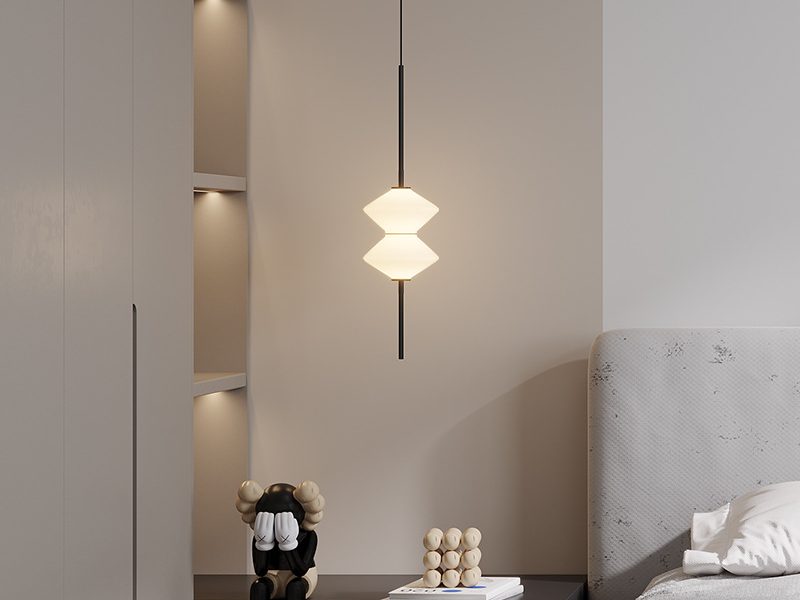
Shining a Light on Interior Design: Tips for Selecting the Perfect Room Lighting Scheme
Lighting plays a crucial role in interior design. It has the power to transform a space, enhance its functionality, and create a desired ambiance. Whether it’s natural light streaming through windows or carefully chosen fixtures illuminating a room, lighting can make or break the overall design. In this article, we will explore the importance of lighting in interior design and delve into various aspects of lighting, including types of fixtures, bulbs, natural light, layering techniques, room-specific tips, creating ambiance, decorative elements, energy efficiency, and the benefits of working with a professional.
Understanding the Importance of Room Lighting in Interior Design
The impact of lighting on mood and productivity cannot be overstated. Different lighting levels and color temperatures can evoke different emotions and affect our overall well-being. Bright, cool-toned lights can promote alertness and productivity, while warm, dim lights can create a cozy and relaxing atmosphere. By understanding the impact of nepten lighting on mood, interior designers can create spaces that cater to specific needs and desired outcomes.
In addition to setting the mood, lighting also plays a crucial role in highlighting architectural features and decor. Well-placed fixtures can draw attention to focal points in a room, such as a fireplace or a piece of artwork. They can also accentuate textures and colors, adding depth and visual interest to the space. By strategically placing lighting fixtures, interior designers can enhance the overall aesthetic appeal of a room.
To achieve a balanced look in interior design, layering lighting is essential. Layering involves using different types of lighting fixtures to create depth and dimension in a space. It typically consists of three layers: ambient lighting (general illumination), task lighting (focused light for specific activities), and accent lighting (highlighting specific areas or objects). By combining these layers, interior designers can create a visually appealing and functional space.
Types of Lighting Fixtures: Which One Works Best for Your Room?
There are various types of lighting fixtures available, each with its own unique characteristics and purposes. Chandeliers, for example, are often used as statement pieces in grand spaces such as entryways or dining rooms. They provide ambient lighting and add a touch of elegance to the room. Pendant lights, on the other hand, are versatile fixtures that can be used in a variety of spaces, from kitchens to bedrooms. They come in various styles and sizes, making them suitable for different design aesthetics.
Sconces are another popular choice for lighting fixtures. They can be mounted on walls and used to provide ambient or task lighting. Sconces are often used in hallways, bathrooms, or as bedside reading lights. Table lamps and floor lamps are portable lighting fixtures that can be moved around to provide task lighting or accent lighting in different areas of a room. They come in various styles and sizes, making them versatile options for any space.
When choosing the right fixture for your room, it’s important to consider factors such as size, style, and function. The size of the fixture should be proportionate to the room and the other elements within it. The style of the fixture should complement the overall design aesthetic of the space. And the function of the fixture should align with the intended purpose of the room. By carefully considering these factors, interior designers can select the perfect lighting fixture for each space.
Choosing the Right Bulbs for Your Lighting Scheme
In addition to choosing the right lighting fixtures, selecting the right bulbs is equally important in creating the desired lighting effect. There are several types of light bulbs available, each with its own unique characteristics and benefits. Incandescent bulbs are traditional bulbs that produce warm light but are not energy-efficient. LED bulbs, on the other hand, are highly energy-efficient and have a long lifespan. They come in various color temperatures and can be dimmable.
Halogen bulbs are another option, known for their bright and crisp light. They are often used in task lighting applications, such as under-cabinet lighting in kitchens. Compact fluorescent lamps (CFLs) are energy-efficient alternatives to incandescent bulbs. They come in various color temperatures and can be used in a variety of fixtures. When choosing the right bulb for your fixture and desired lighting effect, it’s important to consider factors such as color temperature, brightness, and energy efficiency.
The Role of Natural Light in Interior Design
Natural light is a valuable asset in interior design. It not only provides illumination but also offers numerous benefits for mood and health. Exposure to natural light has been linked to improved mood, increased productivity, and better sleep quality. It can also help regulate our circadian rhythm, which is essential for overall well-being. By maximizing natural light in a space, interior designers can create a bright and inviting atmosphere.
There are several ways to maximize natural light in a space. One way is to strategically place windows or skylights to allow for ample sunlight to enter the room. Another way is to use light-colored or reflective surfaces, such as mirrors or glossy finishes, to bounce natural light around the space. Additionally, using sheer curtains or blinds can allow for privacy while still allowing natural light to filter through. By incorporating these techniques, interior designers can harness the power of natural light in their designs.
However, it’s important to strike a balance between natural and artificial light sources. While natural light is beneficial, it may not always be available or sufficient. In such cases, artificial lighting can fill in the gaps and provide consistent illumination throughout the day and night. By carefully balancing natural and artificial light sources, interior designers can create a well-lit space that meets both functional and aesthetic needs.
Layering Your Lighting: How to Create a Balanced Look

Layering lighting is an effective technique used by interior designers to create a balanced and visually appealing look. It involves using different types of lighting fixtures to provide various levels of illumination in a space. The three main types of lighting used in layering are ambient lighting, task lighting, and accent lighting.
Ambient lighting, also known as general lighting, provides overall illumination in a room. It can be achieved through the use of ceiling-mounted fixtures, such as chandeliers or recessed lights. Task lighting, as the name suggests, is focused light used for specific activities such as reading or cooking. It can be provided through the use of table lamps, floor lamps, or under-cabinet lighting. Accent lighting is used to highlight specific areas or objects in a room, such as artwork or architectural features. It can be achieved through the use of spotlights, track lighting, or wall-mounted fixtures.
To create a cohesive and balanced look, it’s important to consider the function of each layer and how they work together. For example, in a living room, ambient lighting can be provided by a central chandelier or recessed lights, while task lighting can be achieved through the use of table lamps or floor lamps near seating areas. Accent lighting can be used to highlight artwork or architectural features. By carefully layering these types of lighting, interior designers can create a well-lit space that meets both functional and aesthetic needs.
Lighting for Different Rooms: Tips and Tricks for Every Space
Each room in a home has its own unique lighting needs and considerations. For example, in the kitchen, task lighting is crucial for food preparation and cooking. Under-cabinet lighting or pendant lights above the kitchen island can provide focused light for these activities. In the bedroom, on the other hand, a combination of ambient lighting and task lighting is important. A central ceiling fixture can provide general illumination, while bedside table lamps can provide focused light for reading.
In the bathroom, proper lighting is essential for grooming tasks such as applying makeup or shaving. A combination of ambient lighting and task lighting is typically used in this space. Wall-mounted sconces or vanity lights can provide even illumination for the face, while recessed lights or a central ceiling fixture can provide general lighting. Each room in a home has its own unique lighting needs, and it’s important to consider these needs when designing the lighting scheme.
When designing the lighting scheme for each room, it’s also important to consider the overall design aesthetic and desired ambiance. For example, in a dining room, a chandelier can serve as a statement piece while providing ambient lighting. In a home office, task lighting is crucial for productivity, and adjustable desk lamps can provide focused light for work tasks. By considering both the functional and aesthetic needs of each room, interior designers can create a lighting scheme that enhances the overall design.
Creating Ambiance with Lighting: How to Set the Mood
Lighting has the power to create different moods and set the desired ambiance in a space. By using different types of lighting fixtures and bulbs, interior designers can create various atmospheres to suit different occasions or preferences. For example, in a living room, warm-toned lights can create a cozy and inviting atmosphere, perfect for relaxation or entertaining guests. Dimmable lights can also be used to adjust the level of brightness and create different moods.
In a bedroom, soft and warm lights can create a calming and relaxing ambiance, ideal for winding down at the end of the day. In contrast, in a home office or study area, bright and cool-toned lights can promote alertness and productivity. By using adjustable task lighting, individuals can customize the level of brightness to suit their needs. In each space, the choice of lighting fixtures, bulbs, and dimming options can greatly influence the mood and ambiance.
To create different moods with lighting, it’s important to consider factors such as color temperature, brightness, and dimming capabilities. Warm-toned lights, such as those with a color temperature of 2700K-3000K, can create a cozy and intimate atmosphere. Cool-toned lights, such as those with a color temperature of 4000K-5000K, can create a bright and energizing ambiance. By experimenting with different lighting options, interior designers can create the desired mood in each space.
Lighting as a Decorative Element: Statement Pieces and Trends
In recent years, there has been a trend towards using lighting fixtures as statement pieces in interior design. Lighting fixtures are no longer just functional elements but also decorative elements that can enhance the overall design aesthetic of a space. From grand chandeliers to unique pendant lights, lighting fixtures can add personality and style to a room. They come in various styles, sizes, and materials, making them versatile options for any design aesthetic.
One current lighting trend is the industrial style, which features exposed bulbs, metal finishes, and raw materials. This style is often used in loft apartments or modern industrial spaces. Another popular trend is the mid-century modern style, which features sleek lines, geometric shapes, and retro-inspired designs. This style is often used in contemporary or minimalist spaces. By incorporating these trends into their designs, interior designers can create visually striking spaces.
When incorporating lighting as a decorative element, it’s important to consider the overall design aesthetic and desired focal points in a room. For example, in a dining room, a grand chandelier can serve as a focal point while providing ambient lighting. In a bedroom, unique pendant lights can add visual interest while providing task lighting. By carefully selecting lighting fixtures that complement the overall design aesthetic and enhance the desired focal points, interior designers can create visually stunning spaces.
Energy Efficiency in Lighting: How to Save Money and Reduce Your Carbon Footprint
In addition to aesthetics and functionality, energy efficiency is an important consideration in lighting design. Energy-efficient lighting not only saves money on electricity bills but also reduces carbon emissions and helps protect the environment. There are several energy-efficient lighting options available, including LED (light-emitting diode) bulbs and CFL (compact fluorescent lamp) bulbs.
LED bulbs are highly energy-efficient and have a long lifespan. They consume less energy than traditional incandescent bulbs and produce less heat. LED bulbs also come in various color temperatures, making them suitable for a variety of lighting needs. CFL bulbs are another energy-efficient option. They use less energy than incandescent bulbs and have a longer lifespan. CFL bulbs come in various color temperatures and can be used in a variety of fixtures.
To reduce energy consumption and save money on lighting bills, it’s important to consider factors such as bulb type, wattage, and usage. By replacing traditional incandescent bulbs with energy-efficient LED or CFL bulbs, individuals can significantly reduce their energy consumption. Additionally, using dimmers or timers can help control the amount of light used and further reduce energy consumption. By incorporating these energy-saving techniques into their designs, interior designers can create environmentally friendly spaces.
Working with a Professional: The Benefits of Hiring an Interior Designer for Your Lighting Scheme
While it’s possible to design a lighting scheme on your own, working with an interior designer can offer numerous benefits. Interior designers have the knowledge and expertise to create a cohesive and functional lighting scheme that meets both aesthetic and practical needs. They understand the impact of lighting on mood, productivity, and overall well-being. They also have access to a wide range of lighting fixtures, bulbs, and resources that may not be readily available to the average homeowner.
An interior designer can help you navigate through the various options available and select the right fixtures, bulbs, and lighting techniques for your space. They can also provide valuable insights and recommendations based on their experience and expertise. By working with an interior designer, you can ensure that your lighting scheme is well-designed, functional, and aesthetically pleasing.
Examples of successful lighting schemes created by interior designers can be found in various spaces, from residential homes to commercial establishments. In a restaurant, for example, a well-designed lighting scheme can create a warm and inviting atmosphere for diners. In a retail store, strategic lighting can highlight products and create an engaging shopping experience. By working with an interior designer, individuals can achieve the desired lighting effect in their space.
In conclusion, lighting plays a crucial role in interior design. It has the power to transform a space, enhance its functionality, and create a desired ambiance. By understanding the importance of room lighting, considering different types of lighting fixtures and bulbs, maximizing natural light, layering lighting, considering room-specific needs, creating ambiance, incorporating lighting as a decorative element, prioritizing energy efficiency, and working with a professional, individuals can create well-designed and visually appealing spaces that meet both aesthetic and practical needs. So go ahead and experiment with different lighting schemes in your own space to create the perfect ambiance for every occasion.
You may also like
Written by Kyle
Hot Posts
- 10 Stunning Bedroom Design Ideas to Transform Your Sleep Space
- 5Funky Kitchen Gadgets to Keep Your Home Cooking Delicious
- A Home Garden For All Seasons
- Add Warmth and Style to Your Home with a Wooden Pendant Lamp
- Adding Drama to Your Decor With a Pendant XL Light
- Adorable Table Lamp for Kids’ Room
- Affordable Solar Garden Lights: A Smart Purchase
- Antique Table Lamps & Lighting at Auction
Category Guide
Schedule
- April 2025
- March 2025
- February 2025
- January 2025
- December 2024
- November 2024
- October 2024
- September 2024
- August 2024
- July 2024
- June 2024
- May 2024
- April 2024
- March 2024
- February 2024
- January 2024
- December 2023
- August 2023
- July 2023
- June 2023
- May 2023
- April 2023
- March 2023
- February 2023
- December 2022
- November 2022
- October 2022
- September 2022
- July 2022
- March 2021
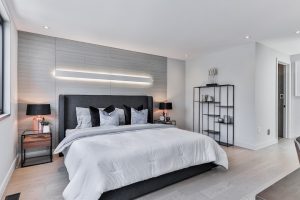

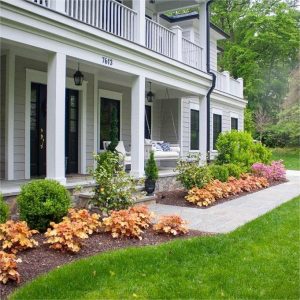
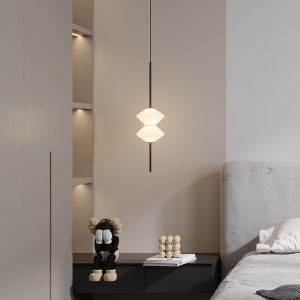

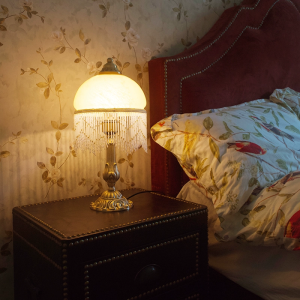
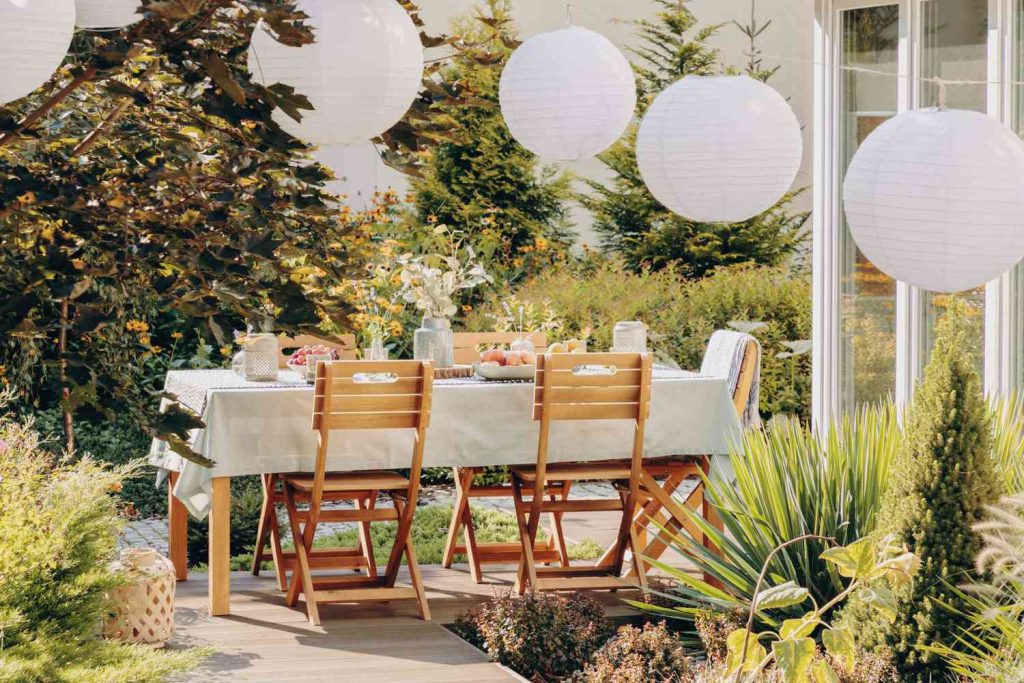

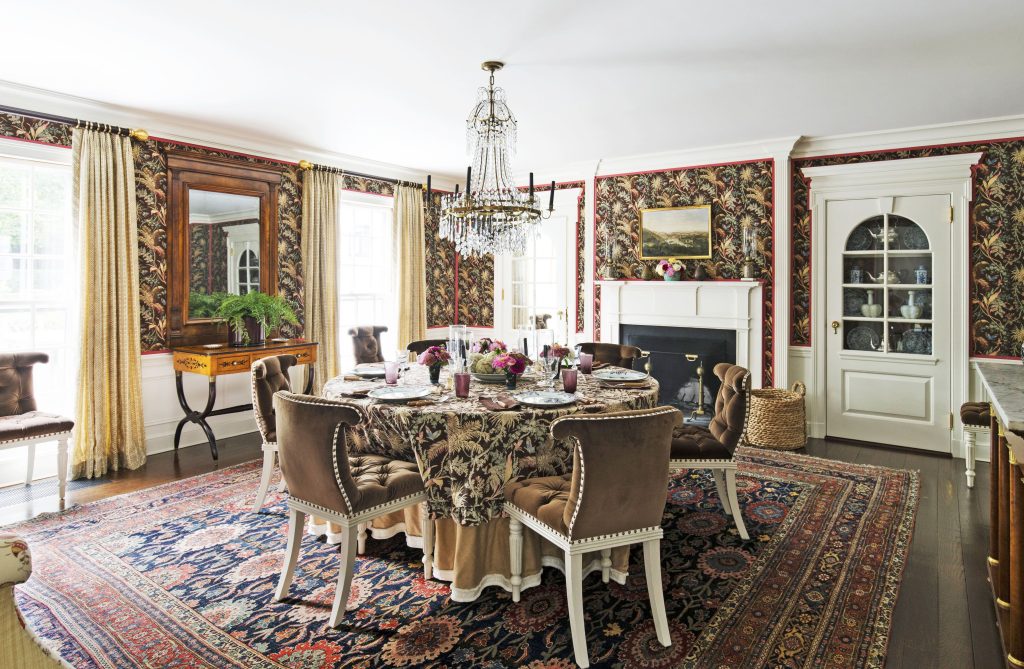


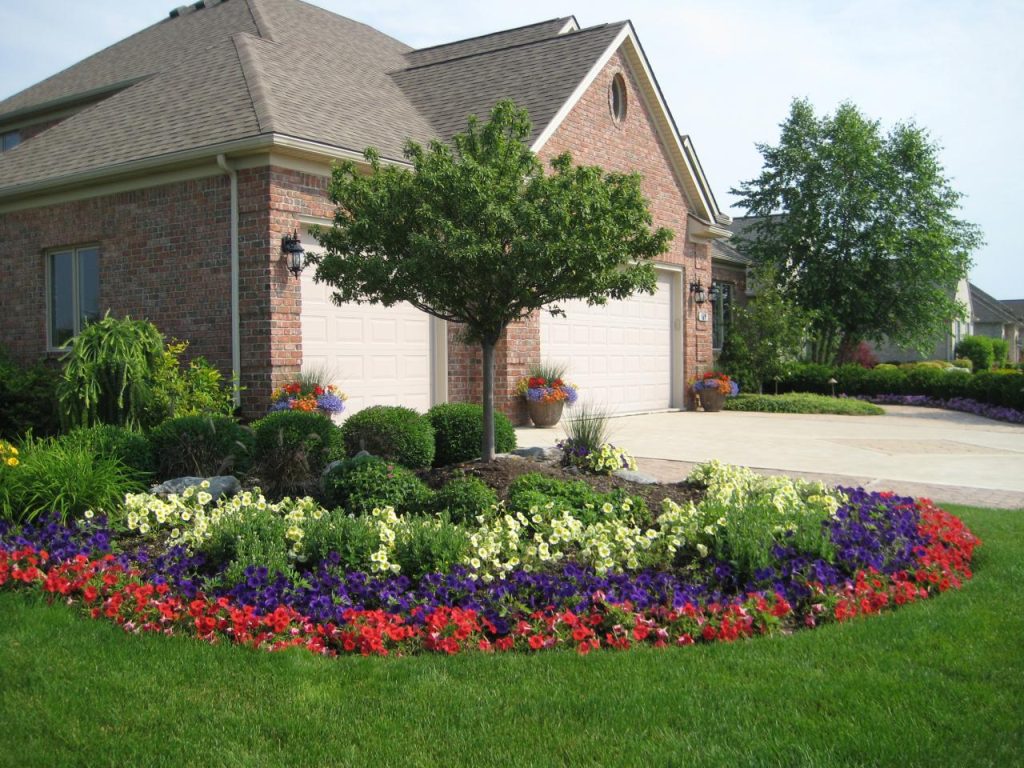
Leave a Reply